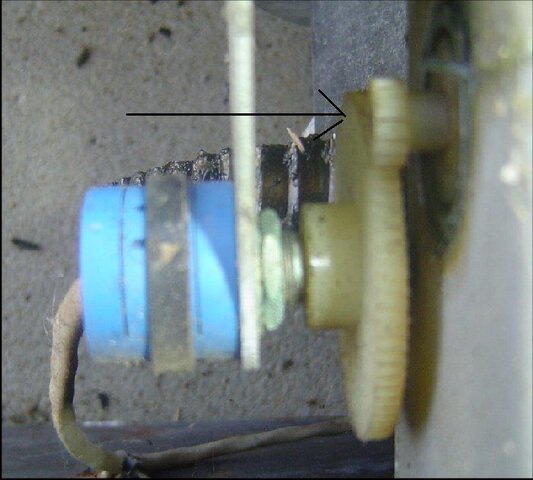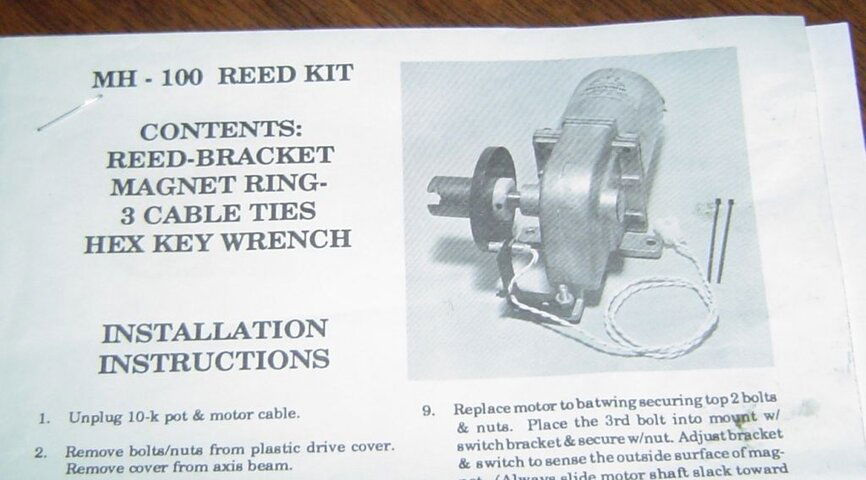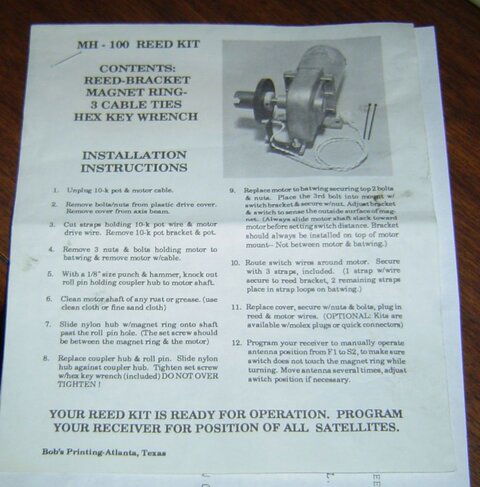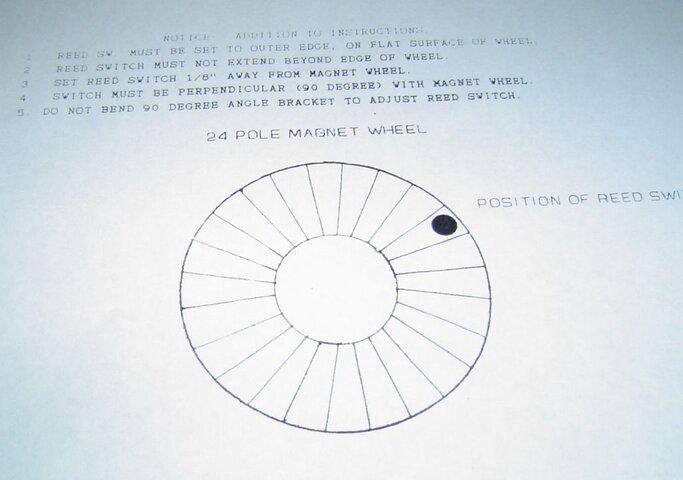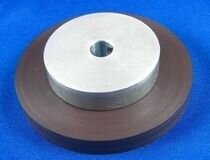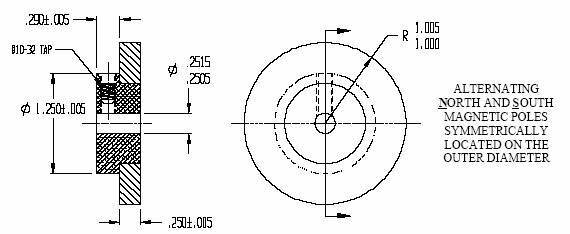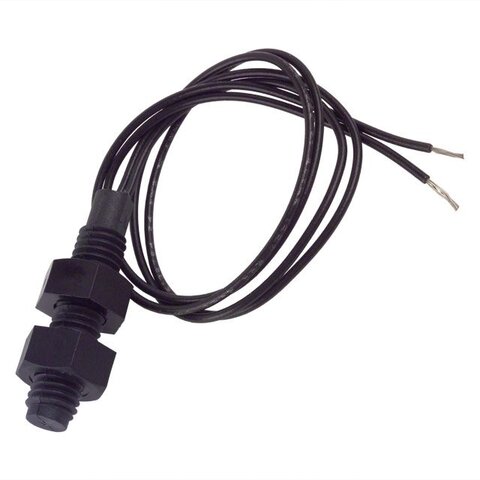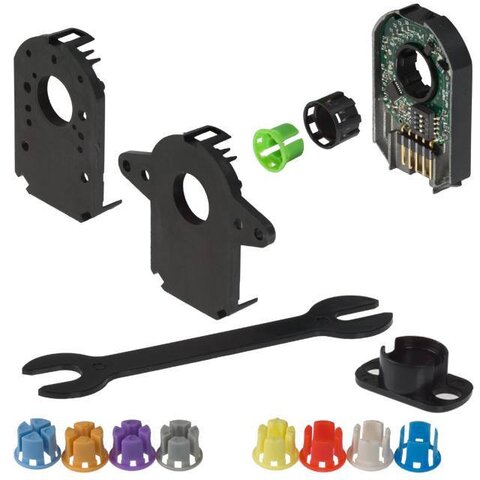I recently acquired a solid Birdview with the H-H mount and the huge pole that it mounts on. The motor has the old potentiometer sensor that does not work with anything other than the Birdview motor controller. I contacted Skyvision to see about purchasing the upgrade kit, but I was informed that the gentleman that makes them is in poor health and they don't know if he will be making any more.
I'd like to rig something up, I have some elementary electronics knowledge, and I found a place that sells some magnetic target wheels. I could rig up a hall effect sensor to read the wheel and send a pulse to the receiver. There is a company by the name of Phoenix America that makes the wheels and various sensors.
What I was wondering is if someone could post some close up pictures of the setup that was available at Skyvision, so I can use it to see if I can come up with something that will work. I will certainly share what I find with the forum and hopefully I can come up with something that will let me use this dish and motor.
Thanks,
Bryan
I'd like to rig something up, I have some elementary electronics knowledge, and I found a place that sells some magnetic target wheels. I could rig up a hall effect sensor to read the wheel and send a pulse to the receiver. There is a company by the name of Phoenix America that makes the wheels and various sensors.
What I was wondering is if someone could post some close up pictures of the setup that was available at Skyvision, so I can use it to see if I can come up with something that will work. I will certainly share what I find with the forum and hopefully I can come up with something that will let me use this dish and motor.
Thanks,
Bryan


